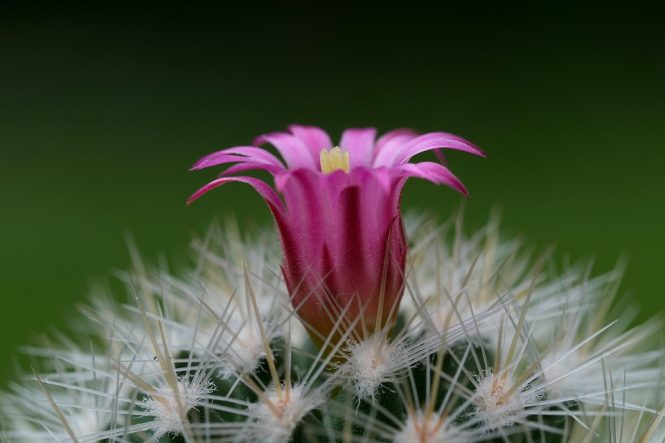
Dealing with Mealybugs on Your Houseplants: A Comprehensive Guide
Mealybugs are one of the most common and frustrating pests that can infest your houseplants. These tiny, white, cottony insects can cause significant damage to your plants, leading to stunted growth, yellowing leaves, and even plant death. In this article, we’ll explore the signs of mealybug infestation, how to identify them, and most importantly, how to get rid of them.
What are Mealybugs?
Mealybugs are small, soft-bodied insects that belong to the family Pseudococcidae. They are typically 1/8 inch long and have a white, waxy, cottony appearance. Mealybugs feed on plant sap, using their piercing-sucking mouthparts to extract nutrients from the plant’s leaves, stems, and roots. They secrete a sticky substance called honeydew, which can attract other pests and promote the growth of sooty mold.
Signs of Mealybug Infestation
If you notice any of the following signs, your houseplant may be infested with mealybugs:
- White, cottony patches: Mealybugs often appear as small, white, cottony patches on the leaves, stems, or roots of your plant.
- Sticky substance: Mealybugs secrete a sticky substance called honeydew, which can be seen as a sticky film on the leaves or stems of your plant.
- Yellowing leaves: Mealybug infestation can cause yellowing or stunted growth of leaves.
- Sooty mold: The sticky honeydew secreted by mealybugs can attract other pests and promote the growth of sooty mold, which can appear as a black, powdery substance on the leaves or stems of your plant.
How to Identify Mealybugs
To confirm a mealybug infestation, gently inspect your plant, paying attention to the following areas:
- Stems and leaves: Look for small, white, cottony patches or individual mealybugs on the stems and leaves of your plant.
- Roots: Check the roots of your plant for mealybugs, especially if you’re repotting or pruning your plant.
- Soil: Mealybugs can also be found in the soil, particularly if the soil is moist and fertile.
How to Get Rid of Mealybugs
Fortunately, mealybugs are relatively easy to control and eliminate. Here are some steps to help you get rid of mealybugs on your houseplants:
- Isolate the plant: Immediately isolate the infested plant from other plants to prevent the mealybugs from spreading.
- Prune infested areas: Prune any heavily infested areas of the plant, including leaves, stems, or roots, to prevent the mealybugs from spreading.
- Soap solution: Mix a mild dish soap with water and spray the solution on the plant, making sure to cover all areas, including the underside of leaves and stems.
- Neem oil: Neem oil is a natural insecticide that can help control mealybugs. Mix neem oil with water according to the product’s instructions and spray the solution on the plant.
- Insecticidal soap: Insecticidal soap is a gentle, non-toxic pesticide that can help control mealybugs. Mix insecticidal soap with water according to the product’s instructions and spray the solution on the plant.
- Systemic insecticides: If the infestation is severe, you may need to use a systemic insecticide, which is absorbed by the plant and can help eliminate mealybugs. However, use these products with caution and follow the product’s instructions carefully.
- Repeat treatment: Repeat the treatment every 7-10 days to ensure that all mealybugs are eliminated.
Prevention is Key
To prevent mealybug infestations, follow these tips:
- Inspect plants regularly: Regularly inspect your plants for signs of mealybugs, especially when bringing new plants into your home.
- Keep plants clean: Keep your plants clean by gently wiping down the leaves and stems with a damp cloth.
- Avoid overwatering: Mealybugs thrive in moist environments. Avoid overwatering your plants, and make sure the soil is not too wet or waterlogged.
- Use well-draining soil: Use well-draining soil to prevent water from accumulating in the soil and promoting mealybug growth.
- Quarantine new plants: Quarantine new plants for 2-3 weeks before introducing them to your home to ensure they are not infested with mealybugs.
By following these tips and taking prompt action, you can eliminate mealybugs from your houseplants and prevent future infestations. Remember, prevention is key, so regular inspections and good plant care habits can go a long way in keeping your plants healthy and pest-free.